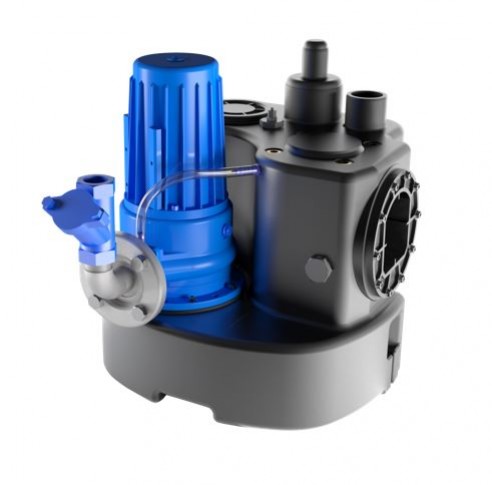Waste water pumps for sewage - Pumping Stations
News , Press releases 07/24/2020

The science of choosing the right sewage or waste water lifting station. Determine the peak flow, this is the amount of water to be drained depending upon the type and number of appliances connected to the wastewater lifting station pump. The flow makes it possible to measure a volume per unit of time. It is expressed in cubic meters per hour (m3/H) or in litres per second (L/s).
Estimated flow for one house with WC, bath shower, wash basin, sink, washing machine and a dishwasher with three inhabitants is 2.5 m3/h. From this two dwellings 5m2/h, 4 dwellings 10m3/h and so on.
Calculating the total head. This corresponds to the pressure that the sewage pump will have to provide between the suction point and the discharge point.
Total head = Geometric height (height in meters) + Pressure loss (expressed in meters of water column)
There are two types of pressure loss, Regular – friction of fluid against pipe, Singular – friction against valves and elbows. Please contact our technical team for your calculations or for a copy of the pressure drop table please contact Sanirish and we will return my email.
Once the total head and peak flow are determined, the characteristic curve can be drawn. The volume of the tank will then be determined according to the constraints specific to each installation.
How it all works
Two houses are connected to a sewage waste water pumping station. The waste water is to be discharged to a height of 4m over 10m of 50mm PVC piping installed outside
Geometric height = 4m Pressure drop: two houses peak flow 5 m3/h
Table advises the height of 0.019 x 10 = 0.19m Manometric height is 4.19m
This project presents total heat of 4.19m and flow rate of 5 m3/h
